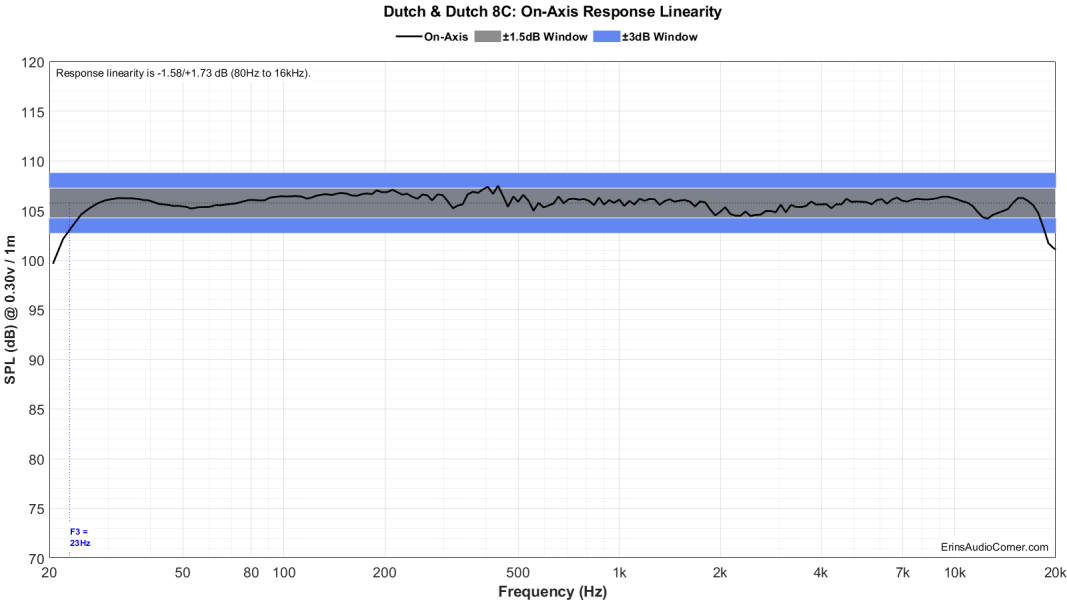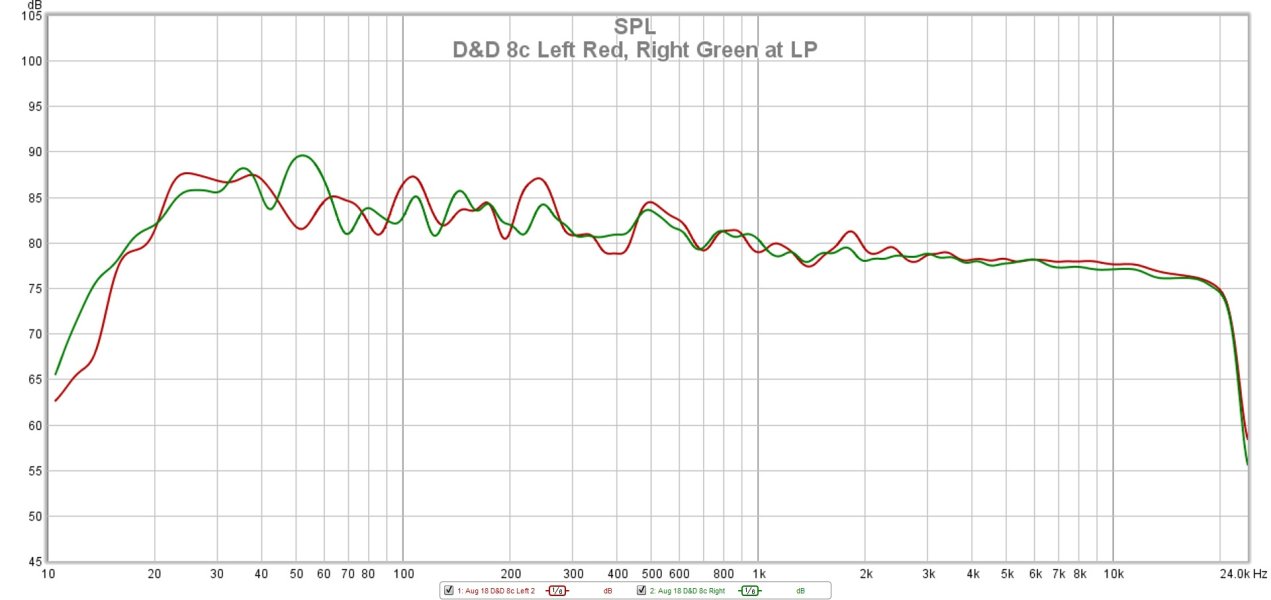There seems to be increasing recognition that the listening room has a major effect on sound quality. I have been aware of overactive room frequency modes and a few other challenges which neither the limited physical treatments of my domestic room nor careful speaker positioning within domestic constraints have been able to solve.
I have always previously aimed to minimize processing in the reproduction of recorded music and have been unimpressed with attempts at room correction devices and software in the past.
I've recently introduced a Trinnov Nova into my system, placed between a network streamer and via AES digital to my TotalDac D1-Sublime reclocker and TotalDac monoblock DACs. In this configuration the Nova is operating completely in the digital domain, and I am not using its volume control or conversion capabilities. It’s making a major contribution, and I’d say the overall improvement is comparable to previous transformative steps like going to D1-Sublime DACs or adding IsoAcoustics support under my speakers. It’s tamed the bass resonances in my room which only has minimal acoustic treatment and impressively aligns phase differences. It really seems to let even more of the quality of the D1-Sublime come through.
Trinnov seems to have a great reputation in acoustic optimization in professional studios and has a range of products for domestic, professional and AV use, but in my stereo system the Nova seems the most appropriate for me.
I can see potential for Trinnov Nova in hi-fi show demonstrations and dealer setups as well as domestic environments where room acoustics are not ideal and physical treatments are often limited. The measurement and setup are surprisingly quick. Although it needs a PC or Mac for the configuration, in day-to-day use everything can be controlled through an Apple or Android app.
Worth a listen if you get a chance.
I have always previously aimed to minimize processing in the reproduction of recorded music and have been unimpressed with attempts at room correction devices and software in the past.
I've recently introduced a Trinnov Nova into my system, placed between a network streamer and via AES digital to my TotalDac D1-Sublime reclocker and TotalDac monoblock DACs. In this configuration the Nova is operating completely in the digital domain, and I am not using its volume control or conversion capabilities. It’s making a major contribution, and I’d say the overall improvement is comparable to previous transformative steps like going to D1-Sublime DACs or adding IsoAcoustics support under my speakers. It’s tamed the bass resonances in my room which only has minimal acoustic treatment and impressively aligns phase differences. It really seems to let even more of the quality of the D1-Sublime come through.
Trinnov seems to have a great reputation in acoustic optimization in professional studios and has a range of products for domestic, professional and AV use, but in my stereo system the Nova seems the most appropriate for me.
I can see potential for Trinnov Nova in hi-fi show demonstrations and dealer setups as well as domestic environments where room acoustics are not ideal and physical treatments are often limited. The measurement and setup are surprisingly quick. Although it needs a PC or Mac for the configuration, in day-to-day use everything can be controlled through an Apple or Android app.
Worth a listen if you get a chance.





